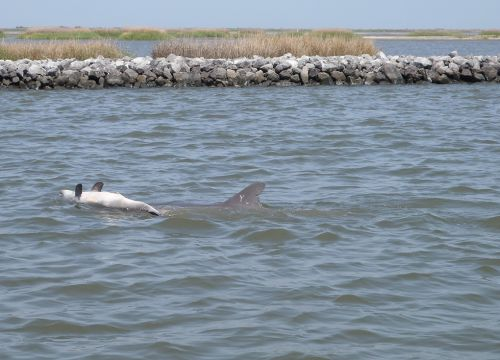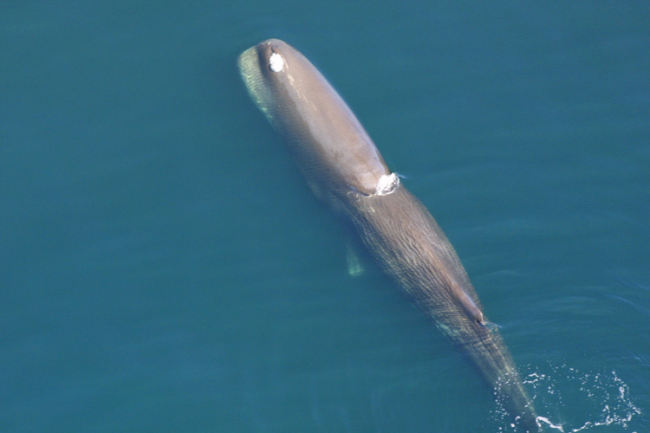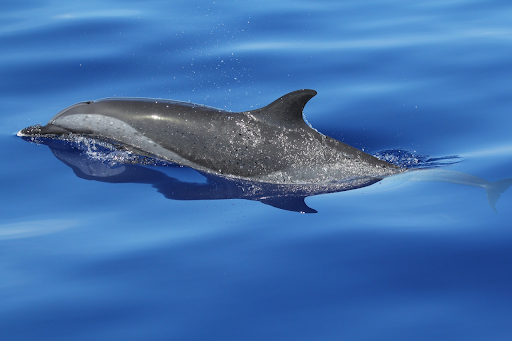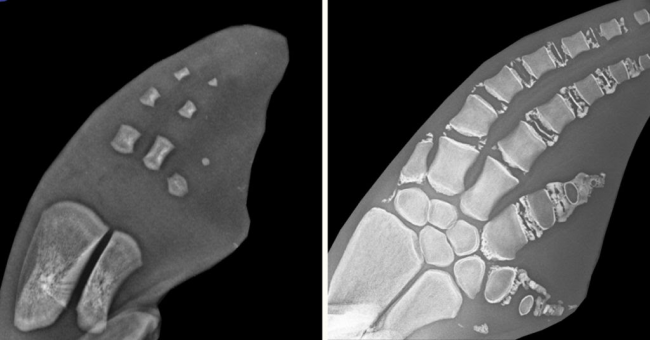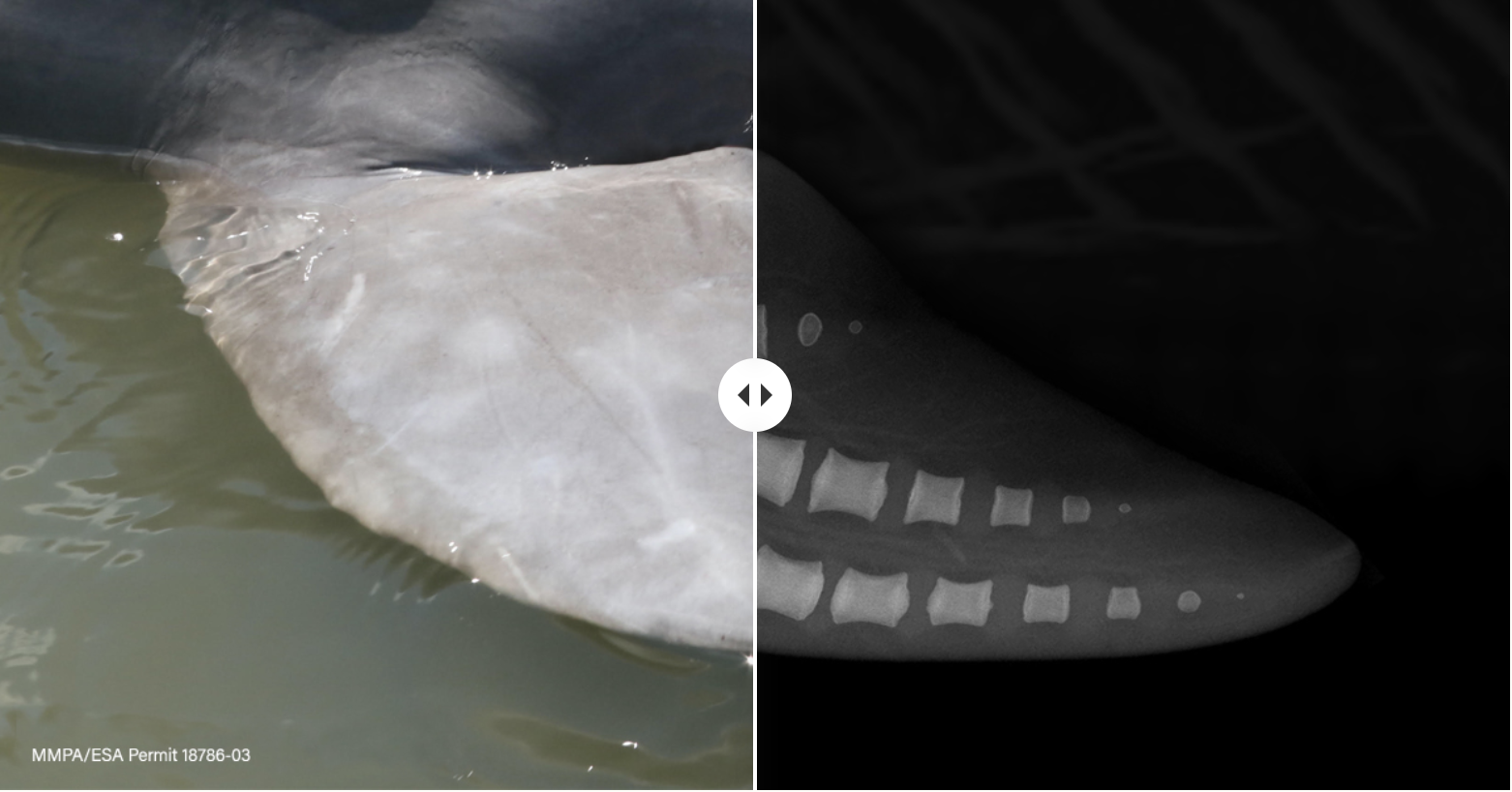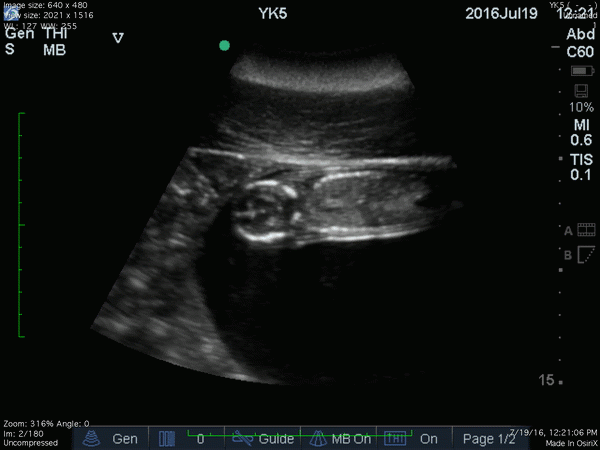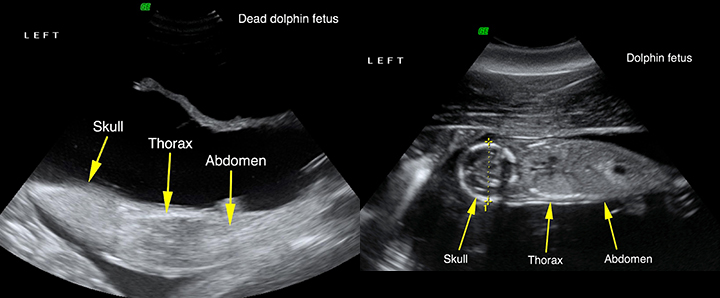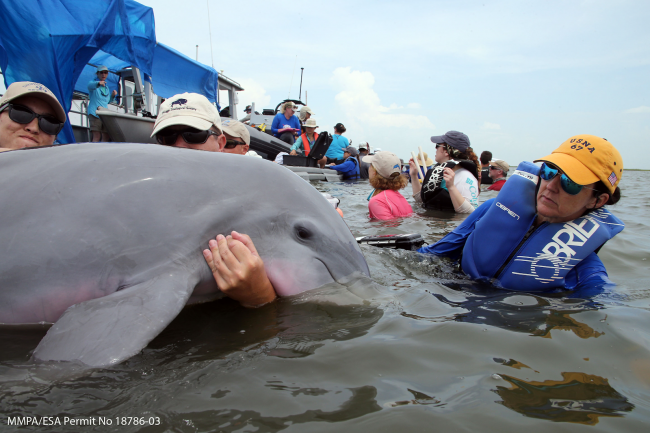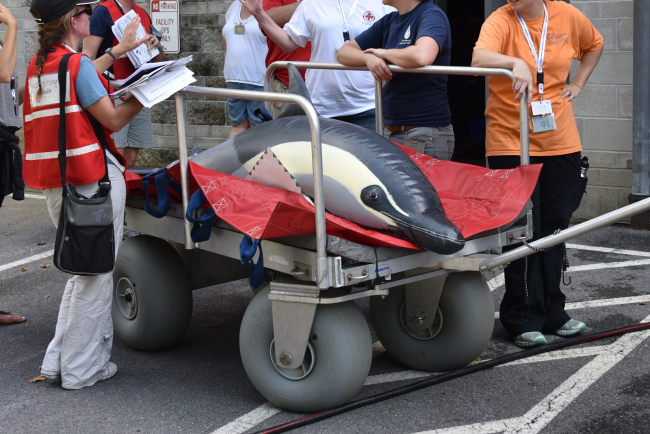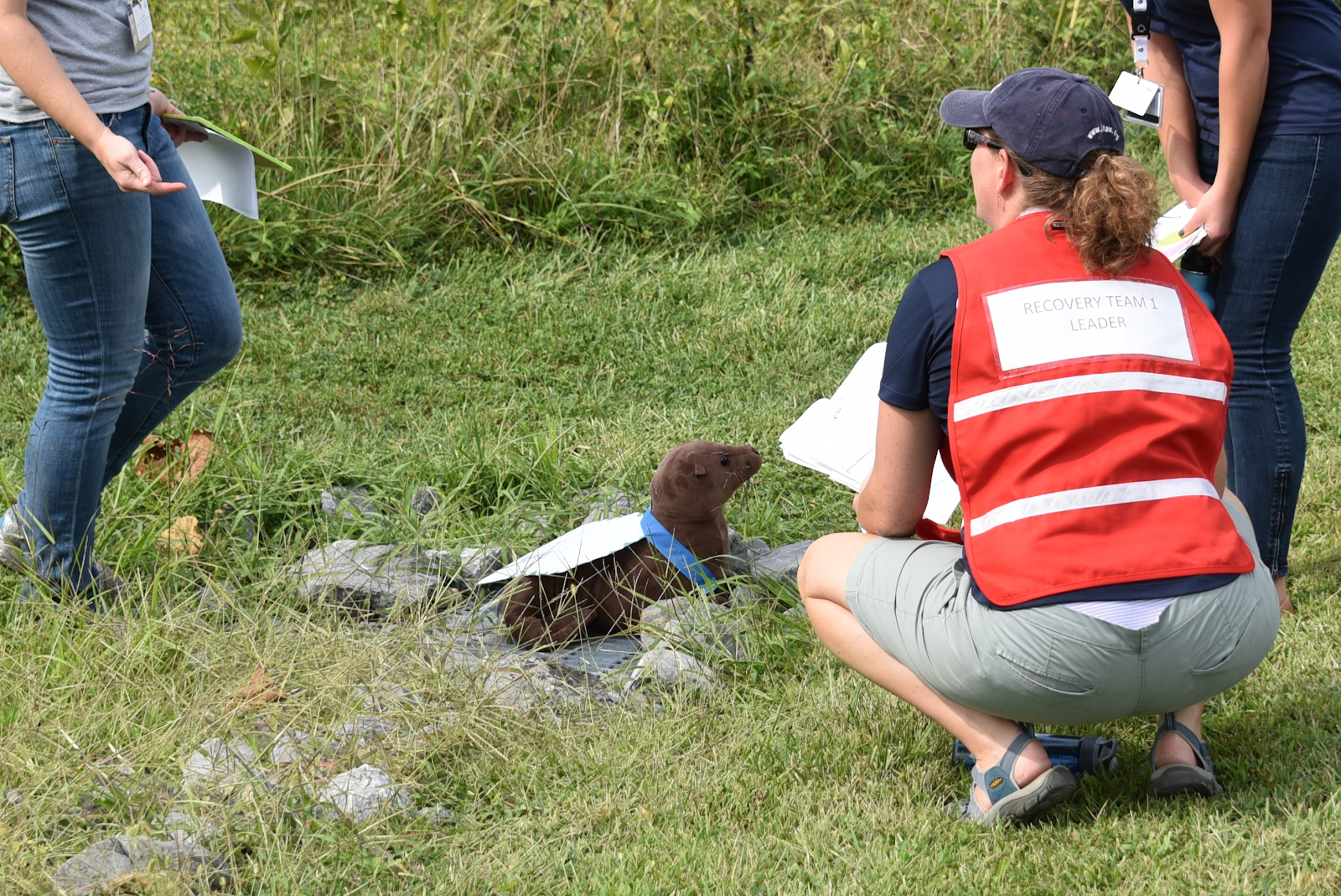This blog was originally published on April 14, 2020.
On April 20, 2020, NOAA will join our state and federal partners in observing 10 years after the Deepwater Horizon oil spill — an incident that resulted in the tragic loss of human life and an unprecedented impact to the Gulf’s coastal resources and the people who depend on them. From March 30 to April 20, tune in as we go back in time to the day of our country’s largest marine oil spill, what’s happened since then, and how we’re better prepared for future spills. In our latest blog, learn more about the research and discoveries that have been made about dolphins since Deepwater Horizon.
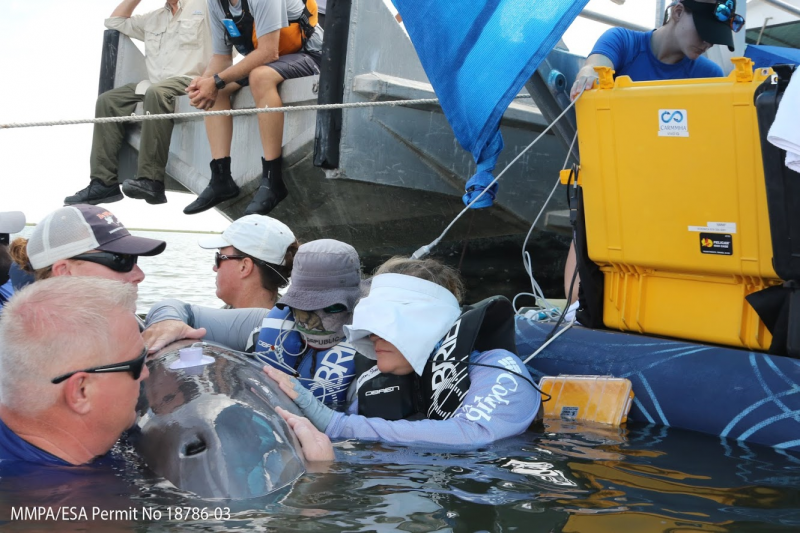
The historic 2010 Deepwater Horizon oil spill had unprecedented impacts on life in the Gulf of Mexico, including impacts to a diverse array of dolphins and whales in nearshore and offshore waters.
A variety of innovative studies conducted between 2010 and 2015 under the Natural Resource Damage Assessment process documented that marine mammals experienced severe negative effects such as lung disease, reduced reproduction, and elevated death rates. These injuries and mortalities were documented, along with many other significant impacts, as part of an $8.8 billion legal settlement in 2016 to fund restoration of injured natural resources.
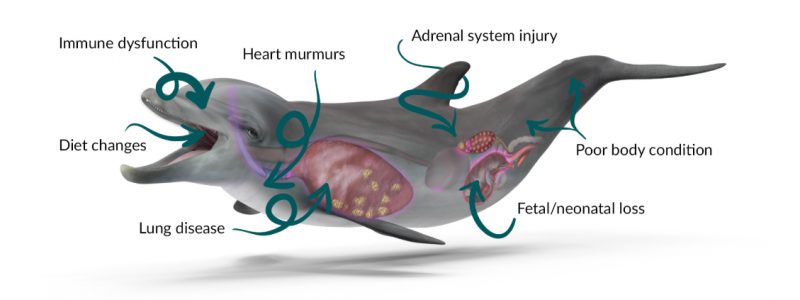
Assessing the impacts of the spill on marine mammals in the wild is a complex task and can require years of ongoing study to understand how exposed animals are recovering. Since 2015, NOAA experts have partnered with scientific leaders from a diverse range of backgrounds to continue studies to determine how dolphins and large whales were impacted by the spill.
Research Conducted on Dolphins Since the Deepwater Horizon Settlement
Several studies supported by a variety of funding sources and partners have yielded new information on the long-term impacts of the spill on local populations of coastal bottlenose dolphins, and have helped advance the tools and methods used in dolphin conservation medicine globally.
These innovations will improve dolphin research and conservation well into the future worldwide. Much of the research has been funded by the Gulf of Mexico Research Initiative (GOMRI), including a collaborative Consortium for Advanced Research on Marine Mammal Health Assessment (CARMMHA), which is led by the National Marine Mammal Foundation, and includes NOAA researchers as well as leading experts from 10 other partner organizations.
The CARMMHA researchers have focused on developing health diagnostics in bottlenose dolphins and are using state-of-the-art modeling approaches to integrate what they have learned from dolphins into models of population recovery for other species of dolphins and whales in the Gulf of Mexico, such as pantropical spotted dolphins, sperm whales, and Bryde’s whales.
Tools and Techniques Pioneered to Advance Marine Mammal Science
Using Facial Recognition Technology to Identify Dolphin Fins
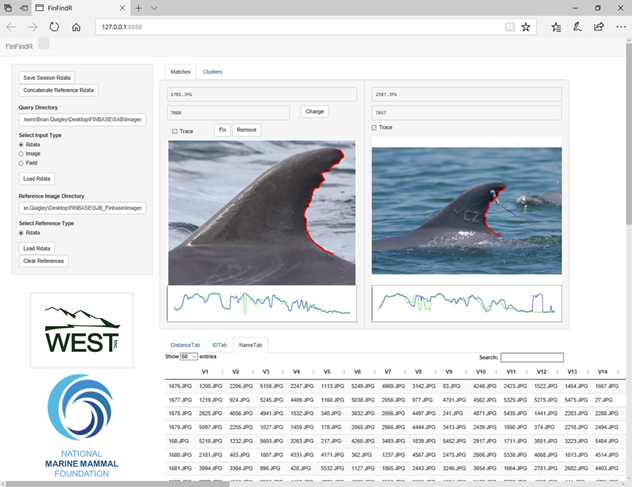 The “finFindR dashboard” is an innovative automated system that identifies wild dolphins using photographs of the nicks and notches on their dorsal fins. The software, developed by the National Marine Mammal Foundation and Western Ecosystems Technology, is loosely based on GoogleFace and their recent advances in image recognition algorithms.
The “finFindR dashboard” is an innovative automated system that identifies wild dolphins using photographs of the nicks and notches on their dorsal fins. The software, developed by the National Marine Mammal Foundation and Western Ecosystems Technology, is loosely based on GoogleFace and their recent advances in image recognition algorithms.
This free and open source software application allows researchers to compare fin characteristics in their dolphin photographs with those in finFindR’s catalog of known individuals. It’s been used in recent capture, mark, and recapture studies and has significantly reduced the time needed to process photos and match fins. This allows scientists to gather more information about known individual dolphins, and their overall populations, faster and more accurately than ever before.
Using X-Rays to Estimating Age in Dolphins
Doctors can get a good idea of a person’s age by examining X-rays of their hands. CARMMHA scientists used that same principle to develop and validate a new way to study dolphins.
Using portable X-rays, scientists were able to examine dolphin’s pectoral flippers and determine their age. This now allows use of a non-invasive age estimate to inform dolphin health assessments, assess if animals are good rehabilitation candidates, and better assess and determine treatment options for live rescued animals.
Advanced Reproductive Health Diagnostics
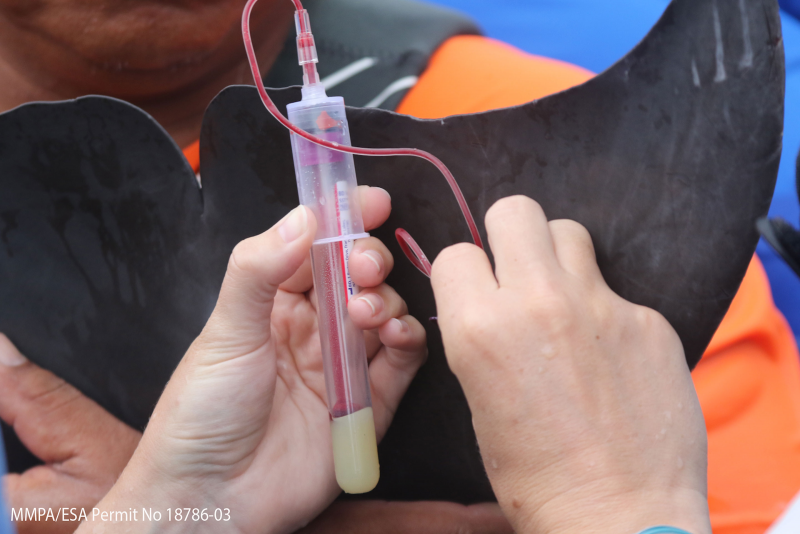
- Reproductive Blood Parameters: GOMRI studies established normal reference ranges for each stage of pregnancy in bottlenose dolphins. These reference ranges will help diagnose underlying health concerns, prevent over-diagnosing abnormalities, and will identify useful factors to assess pregnancy health and status in wild dolphins.
-
Reproductive Ultrasounds: GOMRI scientists developed new ultrasound techniques for evaluating dolphin fetuses and placentas at all stages of gestation. Future applications of these ultrasounds, and the pool of data collected, will help identify fetal abnormalities and illness in mothers. This could allow scientists to better determine the cause(s) of failed pregnancies in wild dolphin populations.
*The results of these techniques studying wild dolphins in Barataria Bay, Sarasota Bay, and Mississippi Sound are being analyzed (in comparison with the follow-up of pregnant dolphins using photo-identification) and are forthcoming.
Better Techniques to Study Immune System Function
T helper cells, which have an important role in regulating immune system responses, have long been studied and used as a reference point for investigating animal health. A CARMMHA study was conducted to identify T helper cells and their functions in a subset of dolphins from Sarasota Bay, Florida. These findings can be used to evaluate if dolphins have been exposed to stressors, including future oil spills, or in other emergencies that might impact dolphins.
Improved Cardiovascular Assessment Tools
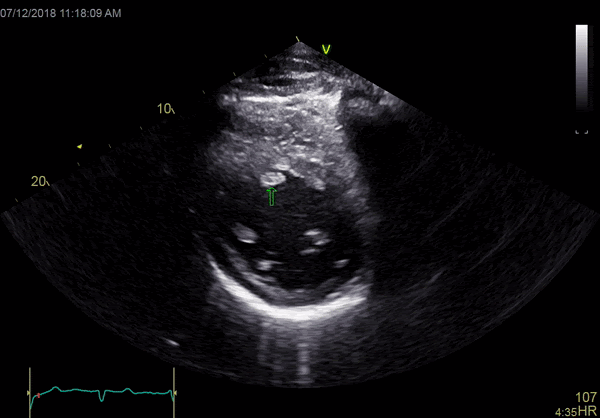
CARMMHA scientists improved and standardized cardiac health assessment methods using ultrasound and blood tests to study both wild and captive dolphins. This improves scientists’ ability to diagnose heart problems in future health studies, improves the accuracy of natural resource damage assessment, and the evaluation of stranded and rehabilitating dolphins.
*The results using these techniques in wild dolphins from Barataria Bay and Sarasota Bay to determine the long term impacts of the Deepwater Horizon spill on dolphins are forthcoming.
Using Deepwater Horizon Dolphin Discoveries to Prepare for Future Disasters
Just as Deepwater Horizon posed unprecedented challenges for scientists, it provided an unprecedented opportunity to collaborate with leading experts, identify gaps in data and research techniques, and develop innovative solutions to address these problems. Much of the research conducted on these bottlenose dolphins can also be applied to study other whales and dolphins, as well as seals and sea lions.
To communicate these best practices to all experts who may be called upon to respond to and restore marine mammals during oil spills, NOAA and our partners published:
-
Pinniped and Cetacean Oil Spill Response Guidelines - 2015 This technical memo aims to provide a foundation of coordination and communication between local, state, and federal oil spill response agencies and marine mammal experts representing conservation, research, welfare, and stranding networks. By standardizing activities, these guidelines help build and maintain national oiled wildlife readiness.
-
Guidelines for Assessing Exposure and Impacts of Oil Spills on Marine Mammals - 2020 This technical memo provides updated information, brief descriptions of routes of oil exposure and potential injury, summaries of methods available for marine mammal assessment, and practical guidance for NOAA experts responsible for responding to and assessing the impacts of oil on marine mammals.
These advances in marine mammal conservation science are also helping to inform protection and restoration of marine mammals during disasters.
-
NOAA and partners are working on a project to refine and develop marine mammal response plans for a variety of potential disasters, including natural and human-caused disasters and mass stranding events. The focus is to improve and enhance response and assessment activities for marine mammals threatened by disasters in the Gulf of Mexico.
-
Other examples of planned and ongoing restoration for marine mammals can be found on the Gulf Spill Restoration website.
Deepwater Horizon wasn’t the first oil spill to impact dolphins, and likely won’t be the last, so oil spill scientists must be prepared to respond to and assess the impacts of oil on all species of marine mammals.
A decade since the spill, NOAA experts are equipped with better knowledge, tools, and collaborative networks for oil spill assessment and response. These advancements have also opened up new pathways for investigation and future advances in science.
Experts at NOAA continue to work diligently with our partners, so when oil spill disasters strike we will be even better prepared to respond on behalf of marine mammals.
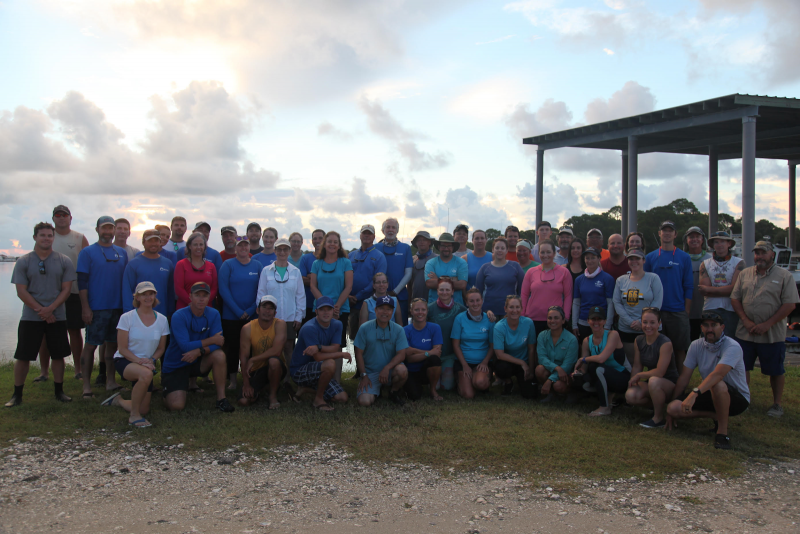
Dr. Lori Schwacke serves as chief scientist for conservation medicine at the National Marine Mammal Foundation (NMMF), supporting NMMF efforts to improve the health and conservation of marine mammal populations worldwide. Lori also worked for NOAA, where she led interdisciplinary research to understand the connections of human, animal, and environmental health under the NOAA Oceans and Human Health Initiative and led efforts to assess and quantify injuries to Gulf of Mexico dolphin populations following the Deepwater Horizon oil spill. Lori holds a doctorate in biostatistics, epidemiology, and systems science.
Dr. Teri Rowles served as the marine mammal health and stranding program coordinator for NOAA’s Office of Protected Resources for over 24 years and currently serves as the senior adviser for marine mammal health sciences. She has also been the NMFS representative to the Working Group on Marine Mammal Unusual Mortality Events and has been involved in the investigations of these events since 1995. She was involved in both wildlife response and the injury assessment for cetaceans in the Deepwater Horizon oil spill. She has over 112 research publications, primarily on diseases in marine mammals. Teri holds doctoral degrees in toxicology and veterinary medicine.

